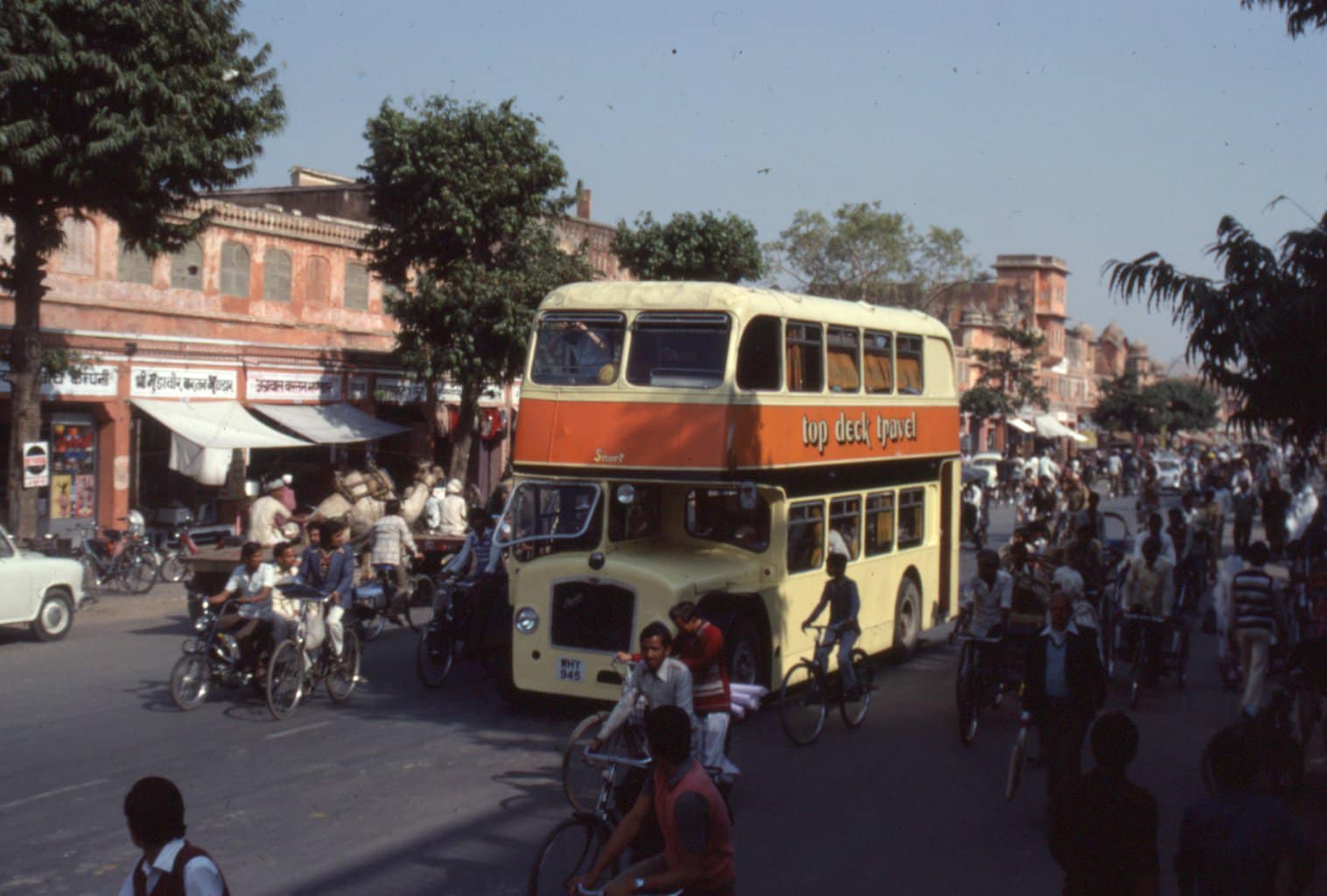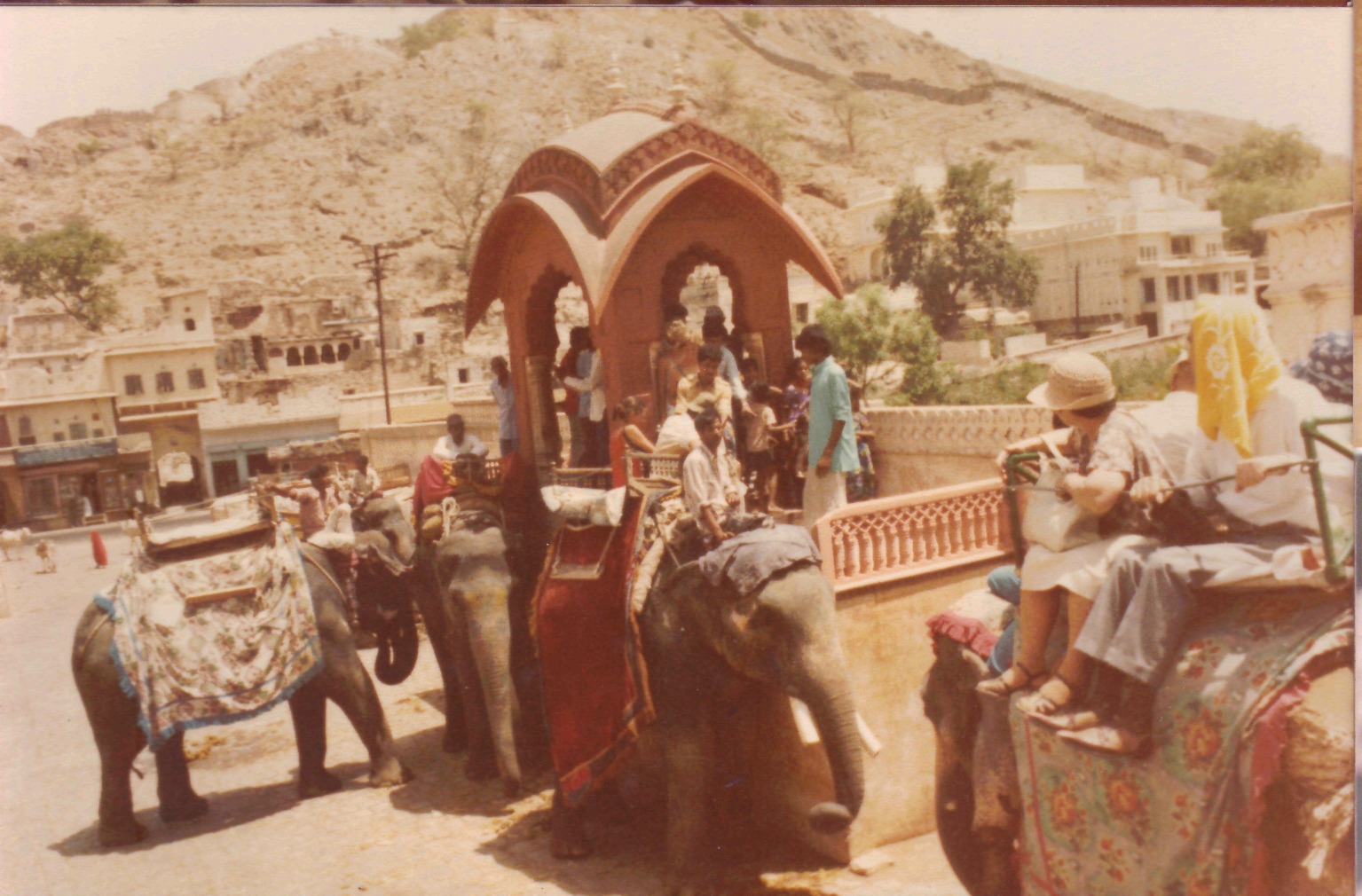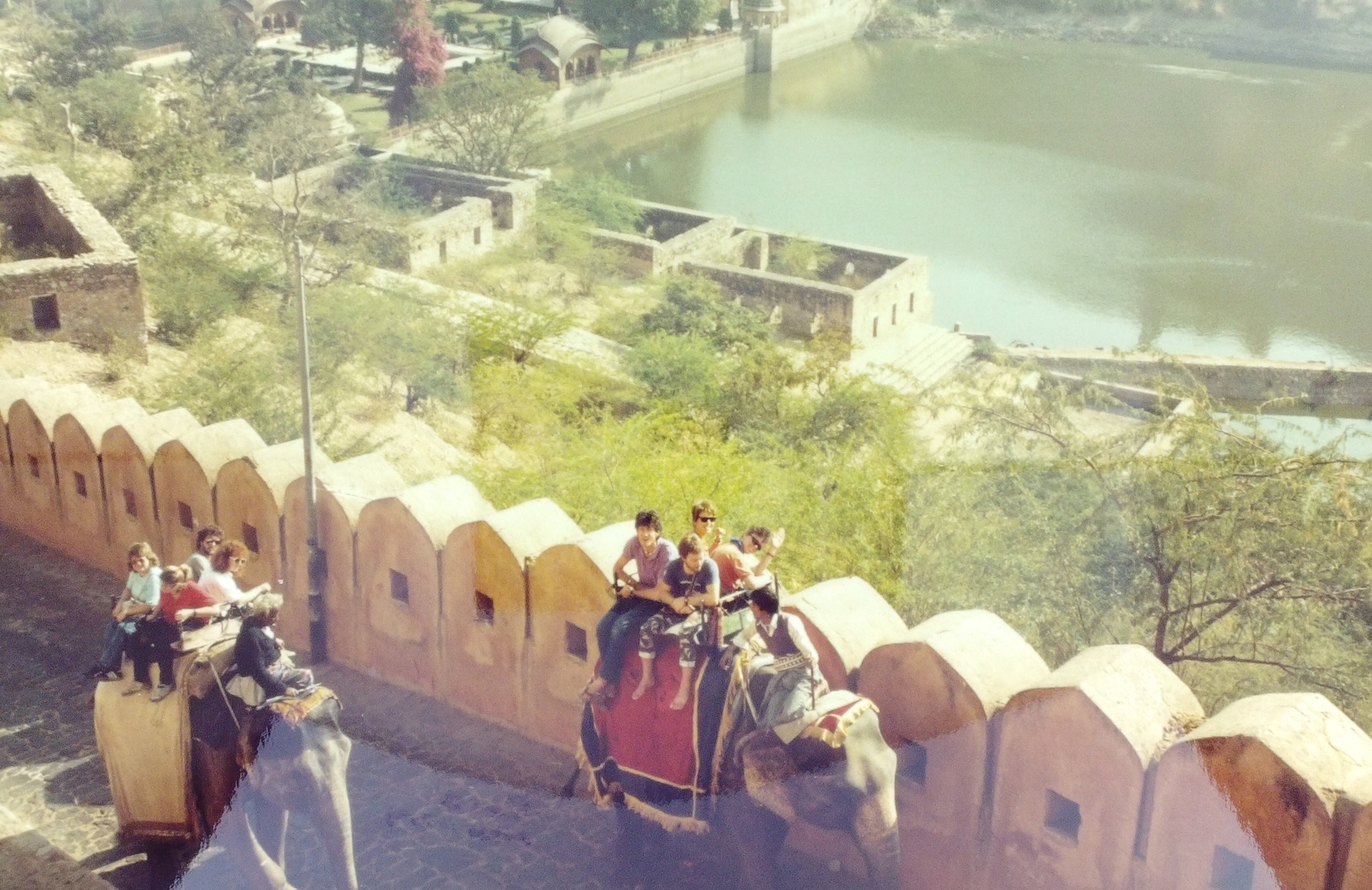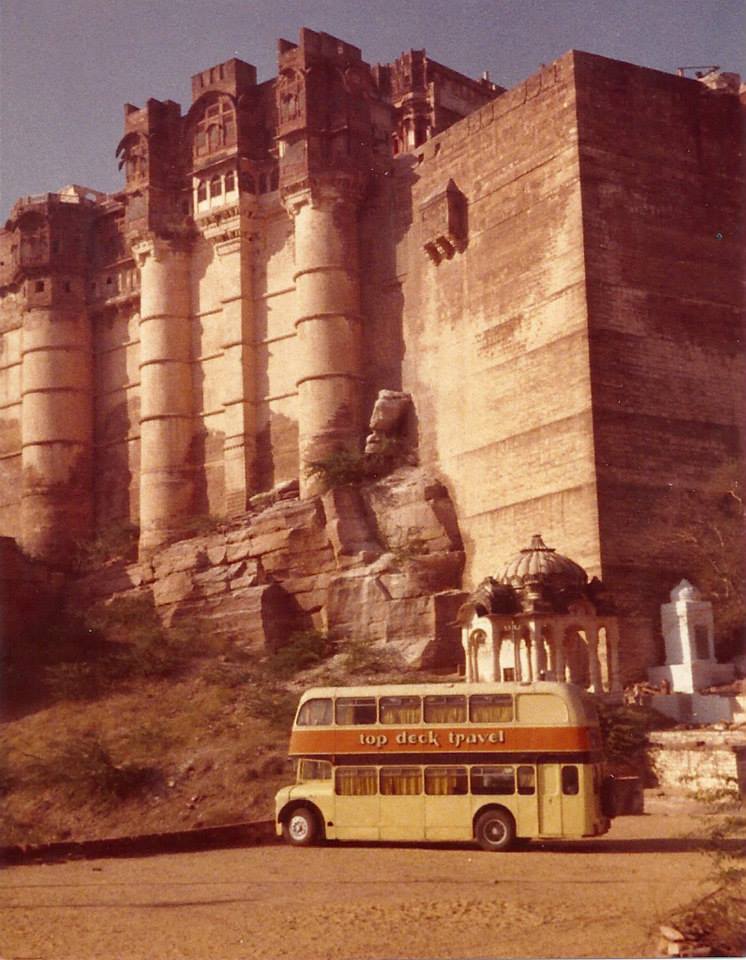
AsianOverland.net
Tour Guide - Itinerary
Asian Overland Sydney to London
Started 22/06/2022 Finished 21/06/2023365 Days ITINERARY
Day 331 date 18/05/2023DELHI to JAIPUR, INDIA
ASIANOVERLAND.NET LONDON TO SYDNEY DAY 331: DELHI TO JAIPUR, INDIA
The state of Jaipur was earlier known as Amber and was controlled by Meena chiefs of five different tribes.
Much of the present structure known as Amber Fort is the Amber Palace built by Mughal Emperor Akbar's Navaratnas Raja Man Singh I, who ruled from 1590 to 1614 AD. The palace includes spectacular buildings, such as the Diwan-i-Khas, and the elaborately painted Ganesh Pole. The trek up to the Amber Palace is best taken by elephant ride, a Top Deck punter favourite.
The old and original fort of Amber is known as Jaigarh Fort, which was the main defensive structure rather than the palace itself. The two structures are connected by a series of encompassing fortifications.
Amber was capital of the Kachwaha until 1727, when the ruler of Amber, Sawai Jai Singh II, who ruled from 1699 to 1743, founded a capital Jainagara (Jaipur), named after him, about ten kilometers south of Amber. He planned to shift his capital from Amber to Jaipur to accommodate the growing population with a more reliable water supply.
The construction of Jaipur began in 1726 and took four years to complete the major roads, offices, and palaces. The architecture of Jaipur was heavily influenced by the 17th century architectural renaissance during Mughal rule in Northern India, and divided into nine blocks, two containing the state buildings and palaces, with the remaining seven for the public. Huge ramparts were built, pierced by seven fortified gates.
After the founding of Jaipur, the royal palace and houses of prominent persons were shifted from the Amber Palace to Jaipur. The priests of Shila Devi temple, who were Bengali Brahmins, continued to live in the fort, while the Jaigarh fort above the palace remained heavily garrisoned.
During the rule of Sawai Ram Singh I, Jaipur was painted pink to welcome HRH Albert Edward, Prince of Wales (who became King Edward VII, Emperor of India), in 1876. Many of the avenues are still painted in pink, giving Jaipur a distinctive appearance and the name Pink city.
Gary Hayes and I were acutely aware that our Double Decker bus Knackers was slow and unreliable, but we needed to travel about 15,000 kms from London to Kathmandu, so we had to keep on the move. Accordingly, we would start most day’s drives at 5am or at sunrise. This enabled us to get in about 3 hours driving before breakfast, or a loo stop, or a mechanical problem.
We scheduled in a tourist stop most days, preferably at a major historic attraction “been there, done that, take a photo, tick it off”), and we would often have a meal at those intermediary stops. We all had of our own beds on the bus (but no refrigeration), so we could also drive after dinner, while the punters were chatting, listening to the ever-present music (CDs), playing backgammon and having tea or coffee.
If Gary was driving, I’d navigate from the cab window by kneeling on the seat behind the driver, so we could both see every sign, some of which were in English, (which was more helpful to us than Sanskrit, Persian or Arabic). This system worked well for us except on the eastbound overland in Damascus, where we must have misinterpreted an Arabic sign and ended up in the Golan Heights military restricted zone instead of on the road to the Jordanian border. We didn’t want to make that mistake again.
India has a population of more than one billion people, many of them seem to be on the road while we’re travelling through, and most of them want a close look at the bus, or are completely impervious to our presence. If you slow down the bus, they all get closer still, until you can’t move the bus. So we have to drive a line through locals on both sides of the road, many of whom seem to want to cross the road while we’re driving through. It may have seemed as if we hit locals, but we didn’t actually make contact with any on either overland trip we did together, (except for the cow near Gorakpur on the east-bound overland).
Stopping on the road meant that we would have many local guests, some of whom are cows or elephants. It must be remembered that cows are scared in India and in the Hindu religion, so cows have right of way to the road, the bus, and to our rubbish bins.
© This work is copyright. Apart from any use permitted under the Copyright Act 1968, no part may be reproduced by any process, nor may any other exclusive right be exercised, without the permission of Peter Searle, peter@portseavillageresort.com; 1980-2024.
Website built by Justin O’Dea www.webdeveloperdocklands.com.au





